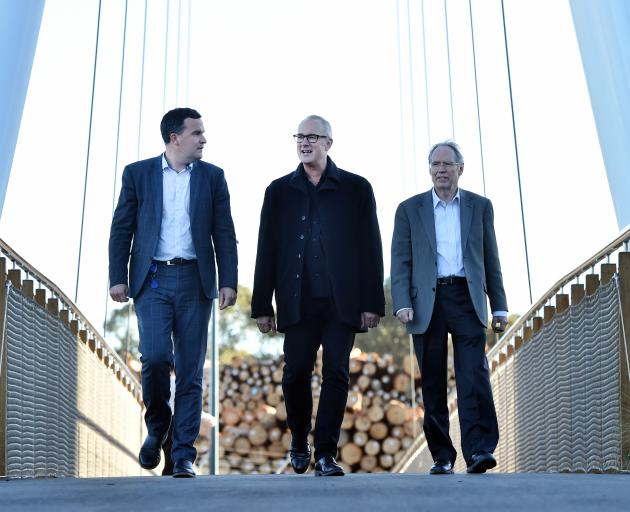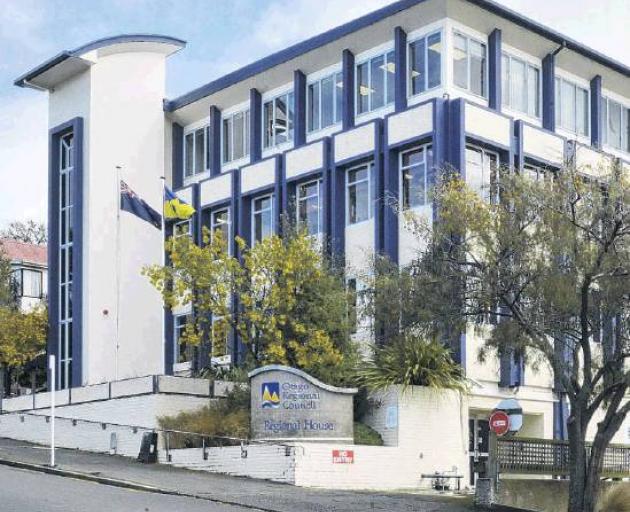Thursday, 8 September 2016
Is local democracy at risk? lawyer and sitting Dunedin city councillor Hilary Calvert asks.
In the past three years Dunedin City Council has functioned just as
central government does, with a government and an opposition.
But the problem is that in Dunedin it means central government-style politics without the checks and balances.
Because the mayor of the day is allowed to choose the chairs of the
council committees, if the mayor anoints those who are similar in their
views to him or her, effectively a ''government'' is formed.
Those on the ''government'' side support each other, forming a
version of the ''cabinet'', with meetings between themselves alongside
senior council staff to discuss the issues of the day.
Those who are not part of this grouping are obliged to form a loose
''opposition'', because this is the only place where any public
challenges and questions are likely to come from.
In central government this system has a series of built-in checks and balances which enable democratic outcomes.
For one thing, in Wellington the opposition parties and the media
have access to cabinet papers and advice given to Government, as well as
Treasury reports and the like.
In Dunedin, however, the chairs of committees forming the ''cabinet''
meet secretly and without any minutes which can be accessed.
They may be part of working parties with other groups, which never
report back to the council, for example groups meeting with NZTA about
cycleways.
They may have information either before the rest of the council or
outside the rest of council papers, never to be seen by council.
And in Wellington, Parliament works with a Speaker who is charged
with being impartial, and who is not involved in the voting process.
In Dunedin we have the mayor chairing council, not only with an
active part in the proceedings but also with both a deliberative and a
casting vote.
He (or she) is in a position to chair the meeting while being part of
the proceedings, and can decide on whether standing orders are
followed.
Anyone who wishes to complain about the behaviour of the chair must
convince the cabinet to uphold the complaint, an unlikely outcome.
The role of the media is different, as well. In Wellington, with the
Parliamentary Press Gallery, it is likely that any interview from one
side of an argument will be followed up by an interview with a member of
the other side, and sometimes several other sides, so the public can
hear not only the government position but also any opposition
viewpoints.
In Dunedin, the
ODT describes what happens in council
meetings, talks to the chairs of the meetings, and prints press
releases, having clarified the situation with a relevant staff member.
There is little chance for any challenge of prevailing views unless a
major debate happens during meetings, or unless the issues raised are
ones which the
ODT chooses to follow up in an in-depth way.
The lack of a formal outlet for real exchanges of views and
information within council can, and currently does, lead to frequent
criticisms of the ''opposition'' as being wrong and poorly informed.
Our council actually functions within the minimum requirements of the law.
However we could have a much more democratic and transparent operation of council. -
A wise mayor could be expected to choose chairs from a broad spectrum
of council, including those with different views from his/her own, and
taking into account the highest-polling councillors, since these are
clearly the councillors who the people have considered most favourably.
•The mayor could give each councillor a portfolio which would allow
the public to hear from them on a variety of topics and form a view of
their effectiveness.
•The ''cabinet'' could function with full public minutes, and when
they and others are forming groups the minutes of these groups could be
public.
•The ODT could more often ask for a variety of views about the issues
of council as an extension to reporting meetings and press releases
controlled by a few chairs.
•We can encourage the ODT to extend the way it covers local council matters.
•However, right now we can choose a mayor who will allow us and those
we vote for to be heard and to be challenged on the issues of the day.
•Ask mayoral candidates who they will choose for their chairs, and
using what criteria. Ask whether he/she will give portfolio positions to
all councillors so we may hear from them on issues.
•Ask what they intend to do behind closed doors and why.
•Ask in what circumstances they intend to use both a deliberative and a casting vote.
•Ask how they intend to ensure a variety of voices are involved in
advisory groups such as those concerning cycleways or buses or 2GP
proposals.
We only have one chance every three years. Dunedin deserves and needs
the best, which will happen only if we demand the best of our
representatives and leaders.
-Hilary Calvert is a Dunedin City councillor, who is not standing for re-election.
[The ODT stands by its comprehensive Dunedin City Council coverage. - Ed.]
https://www.odt.co.nz/opinion/scope-more-democracy-checks-and-balances



